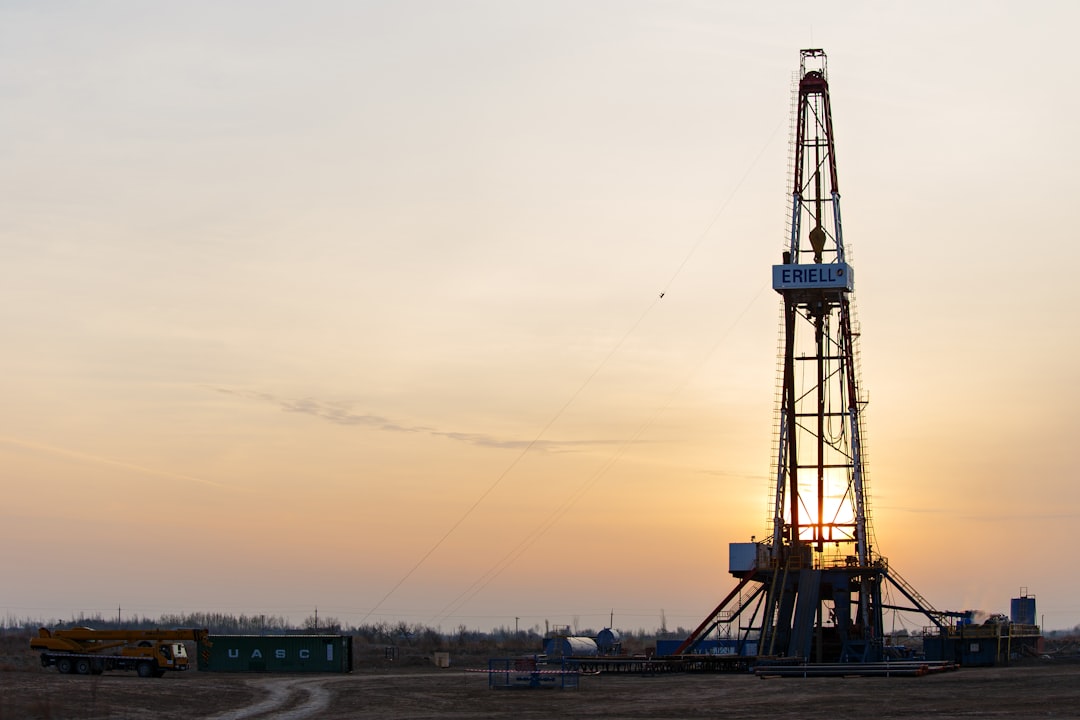What is it about?
When wells are drilled to find oil and gas, special borehole instruments are used to measure the electrical properties of the rocks around the well. These properties can tell us how much water and hydrocarbons are in the rocks. However, sometimes the rocks have different electrical properties in different directions. Also, the drilling fluid can invade the rocks and change their electrical properties. These factors can make the interpretation of the measurements very challenging. We introduce different methods to address these problems.
Featured Image

Photo by Denis Oliveira on Unsplash
Why is it important?
Oil and gas are important sources of energy currently used for powering various industries. The results from this study can help establish better geophysical exploration models for future oil and gas discoveries.
Perspectives
A complex and multivariate problem is broken down into easy-to-understand figures and charts.
Mohamed Bennis
University of Texas at Austin
Read the Original
This page is a summary of: PETROPHYSICAL INTERPRETATION OF LOGGING-WHILE-DRILLING BOREHOLE MEASUREMENTS IN THE PRESENCE OF ELECTRICAL ANISOTROPY, MUD-FILTRATE INVASION, NOISE, AND WELL-DEVIATION EFFECTS, Geophysics, August 2023, Society of Exploration Geophysicists,
DOI: 10.1190/geo2023-0075.1.
You can read the full text:
Contributors
The following have contributed to this page










